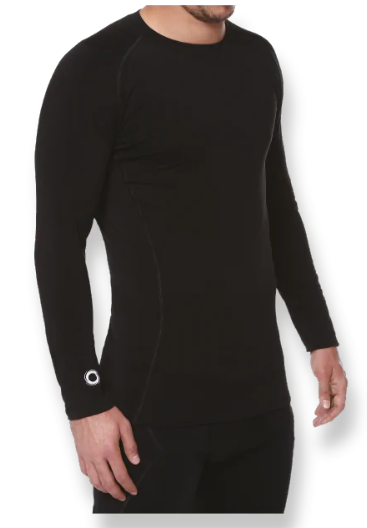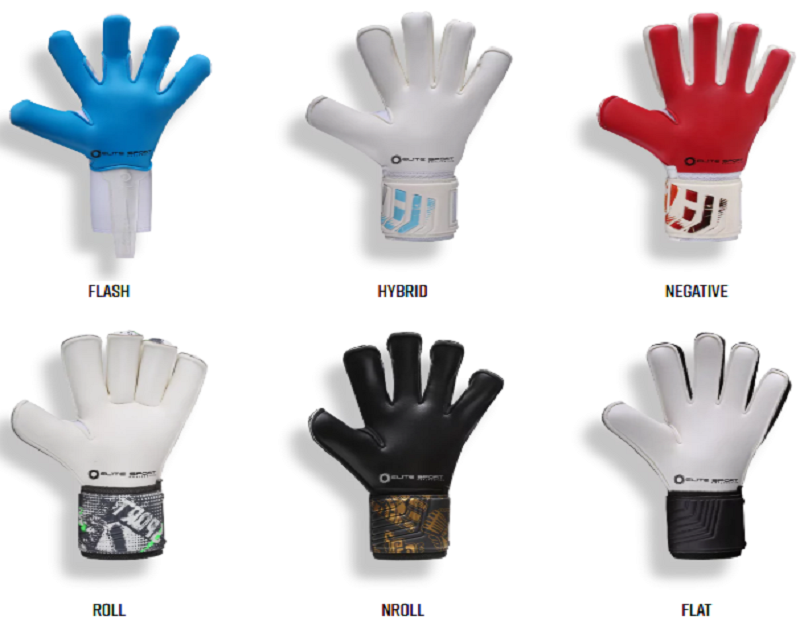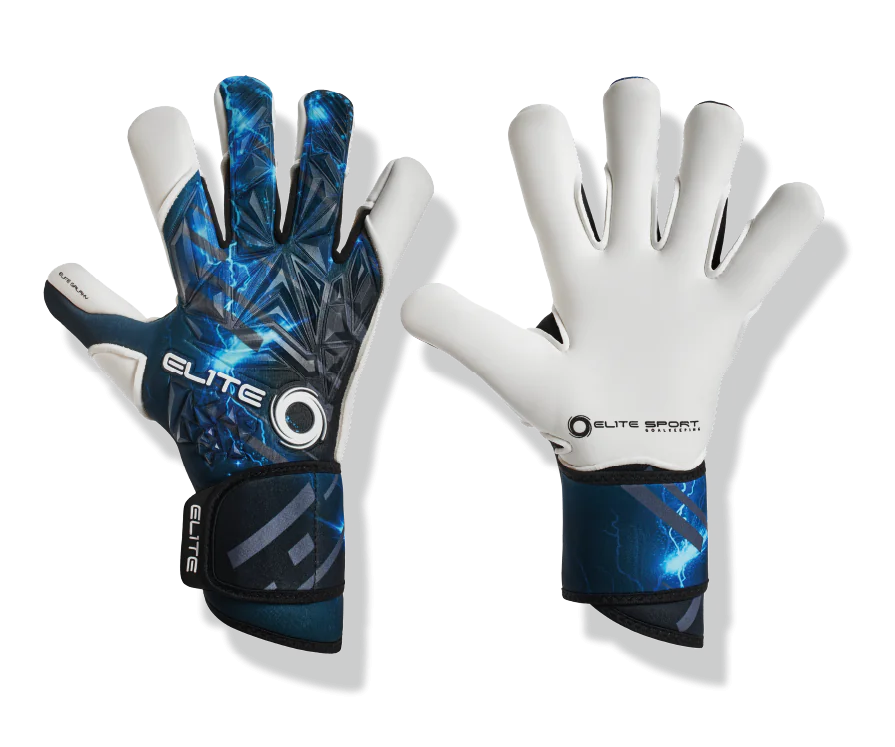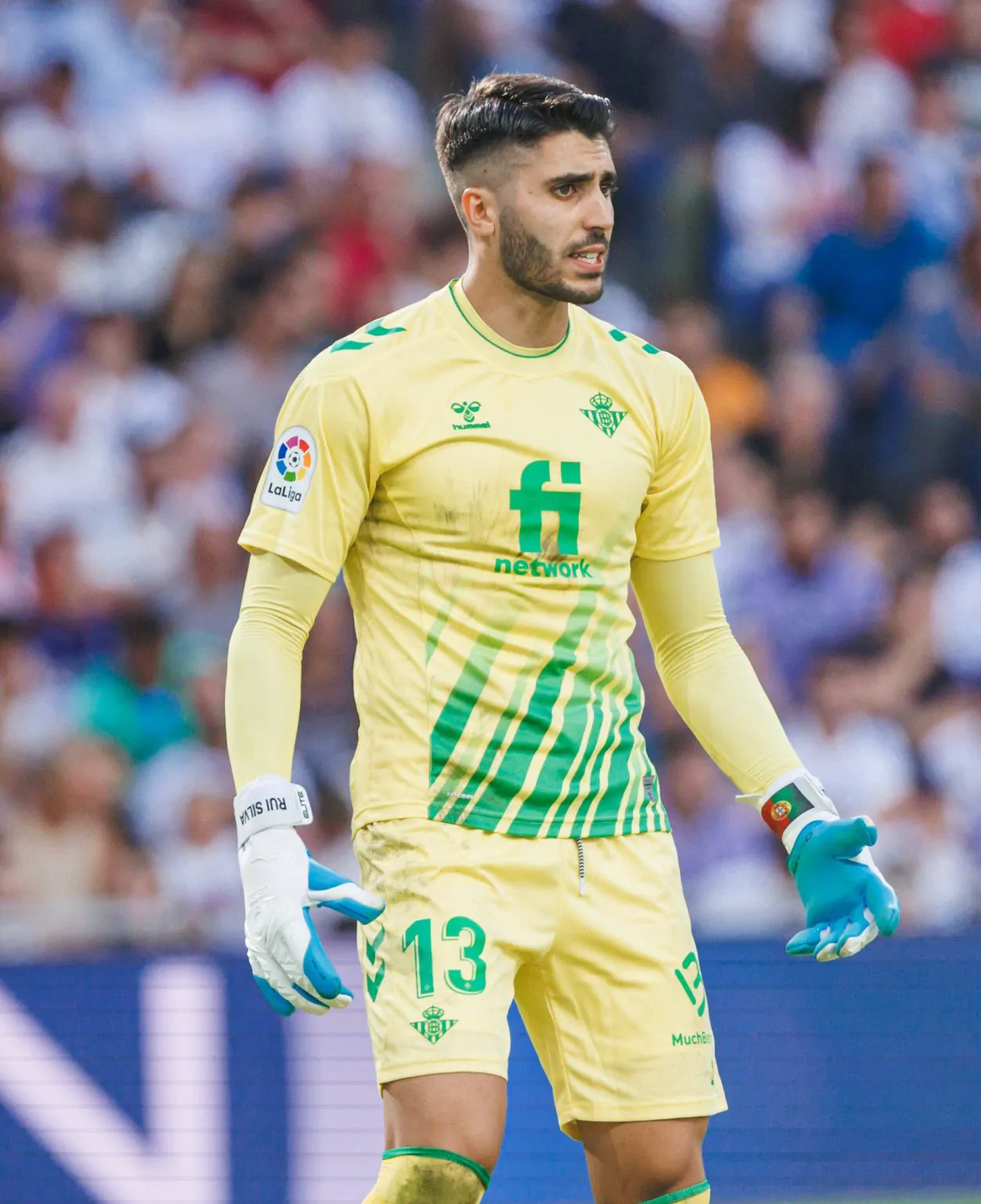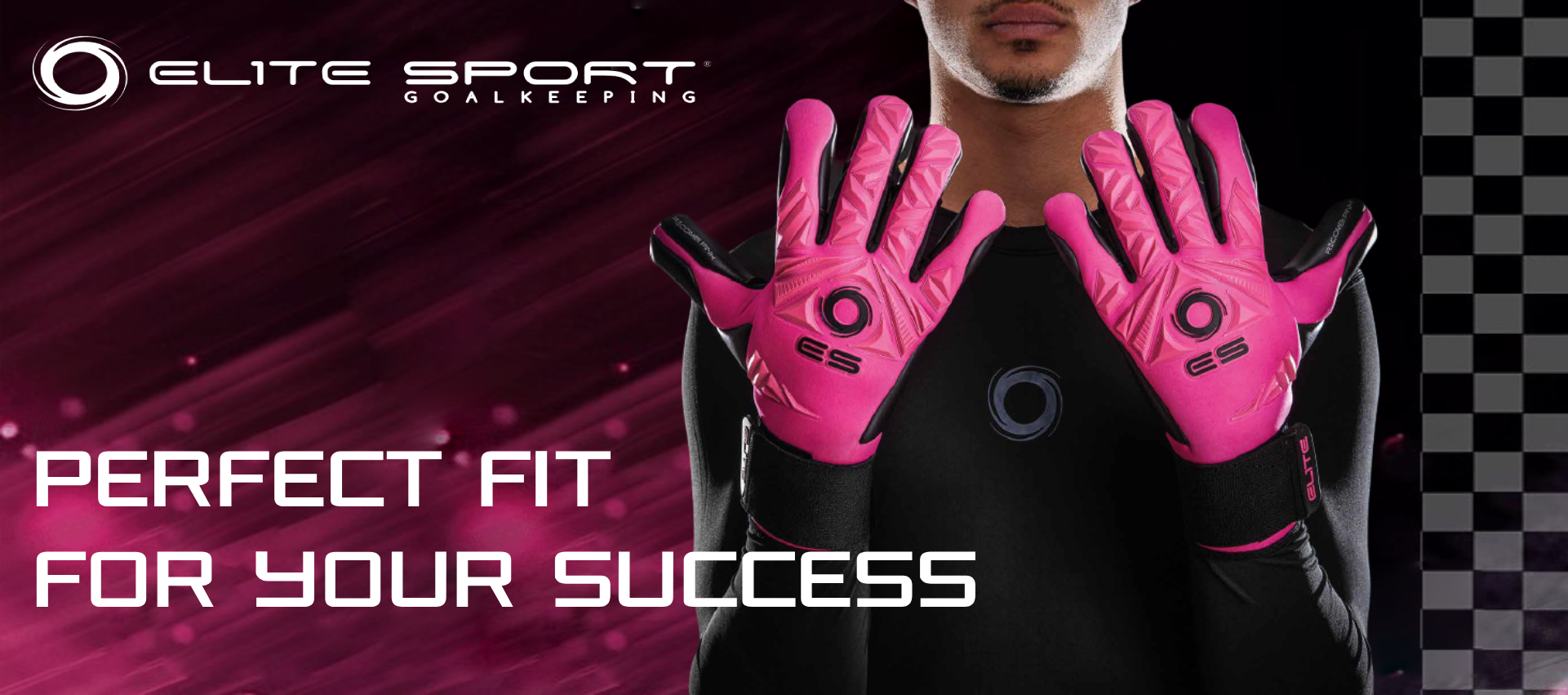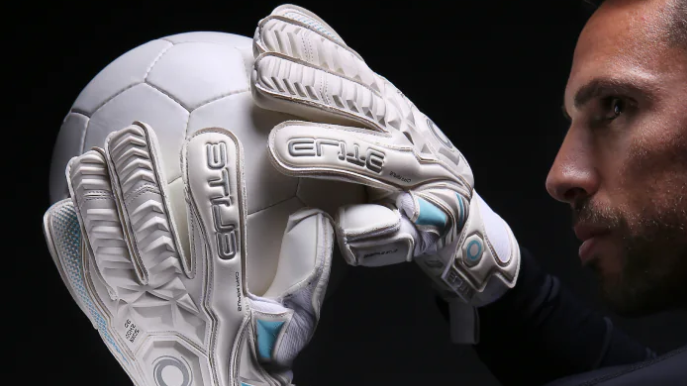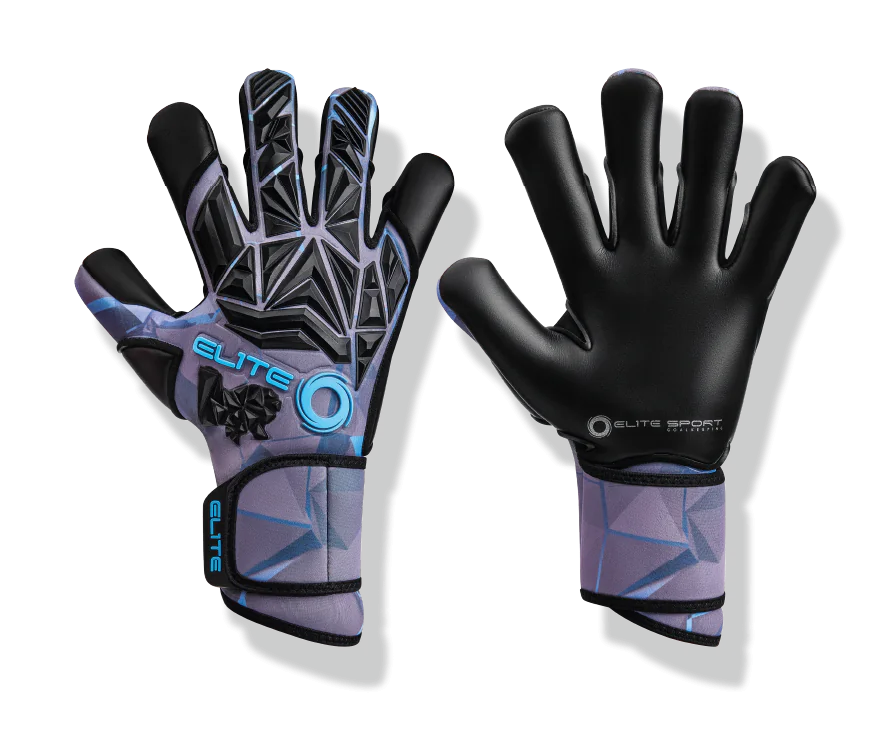 Competitor Backlink Hack – Steal Their Traffic. Legally!
Competitor Backlink Hack – Steal Their Traffic. Legally!
The Ultimate Guide to Choosing the Perfect Goalkeeper Gloves: Everything You Need to Know
Written by Elite Sport Soccer » Updated on: June 17th, 2025 574 views
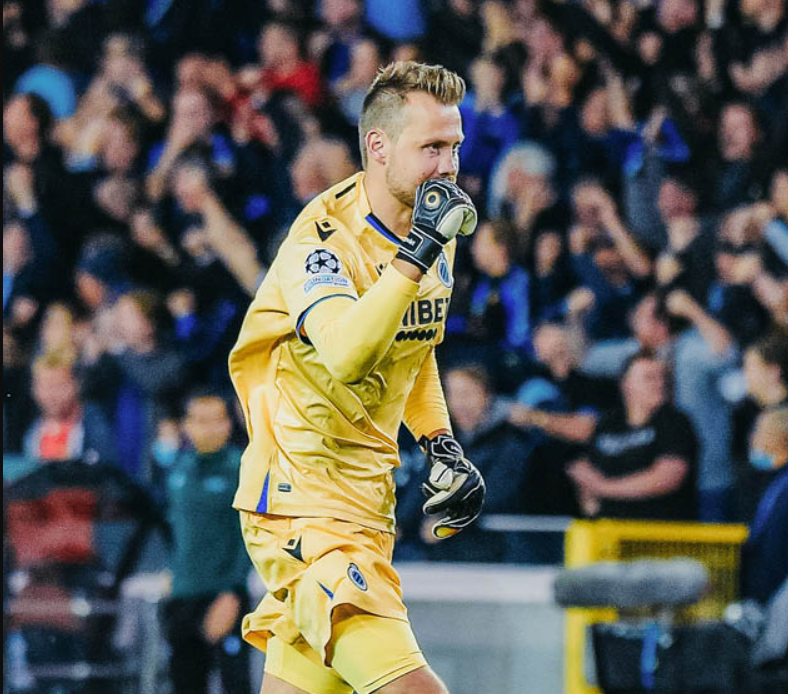
Goalkeeper gloves are a critical piece of equipment for any soccer player guarding the net. The right pair of gloves can make all the difference in your ability to make those crucial saves and protect your hands from injury. But with so many options on the market, how do you choose the perfect goalkeeper gloves? In this ultimate guide, we'll cover everything you need to know to make an informed decision.
Understanding the Different Types of Goalkeeper Gloves
Before you start shopping for goalkeeper gloves, it's important to understand the different types available:
Flat Cut Gloves
Flat cut gloves, also known as traditional cut gloves, have flat seams between the palm and the backhand. They provide a snug fit and are a good choice for goalkeepers who prefer a classic feel.
Roll Finger Gloves
Roll finger gloves have the palm material rolled around the fingers, providing a secure and snug fit. They offer excellent ball control and are often preferred by professional goalkeepers.
Negative Cut Gloves
Negative cut gloves have the seams on the inside, which creates a tighter fit and better ball control. They are ideal for goalkeepers who want a close feel on their fingers.
Hybrid Cut Gloves
Hybrid cut goalkeeper gloves combine elements of different cut types for a unique fit. They may have roll finger cut on the index and pinky fingers while using negative cut on the middle fingers, offering the best of both worlds.
Finger Protection Gloves
Finger protection gloves come with spines or finger saves to prevent hyperextension of the fingers. These are great for goalkeepers who want extra support and protection.
Consider Your Playing Style and Position
Your playing style and position on the field can also influence your choice of goalkeeper gloves. If you're an aggressive goalkeeper who frequently rushes out of the box to challenge attackers, you may want gloves with excellent grip for catching and punching the ball. If you play more conservatively and rely on positioning and shot-stopping, gloves with superior finger protection and control may be your preference.
Understanding Glove Materials
The materials used in goalkeeper gloves play a crucial role in their performance and durability. Here are some common materials to consider:
1. Latex Palm
The palm of goalkeeper gloves is typically made of latex, which provides excellent grip on the ball. However, latex can wear out quickly, so it's essential to choose the right type of latex for your playing conditions.
Roll Finger Latex: Offers a snug fit and great ball control.
Giga Grip Latex: Known for its durability and good grip in all weather conditions.
Supersoft Latex: Provides excellent grip but may wear out faster.
2. Backhand Material
The backhand of the glove can be made of various materials, including latex, synthetic materials, or mesh. Look for a backhand material that offers comfort, breathability, and protection.
3. Closure Type
Goalkeeper gloves come with different closure types, such as Velcro, elastic, or pull-on. The choice of closure is a matter of personal preference, but ensure it provides a secure fit.
Sizing and Fit
Getting the right size and fit is crucial for goalkeeper gloves. Gloves that are too small can be uncomfortable and limit your hand movements, while those that are too big may affect your grip on the ball. Most gloves come in sizes ranging from youth to adult, with specific sizing charts provided by manufacturers. Make sure to measure your hands and consult the sizing chart to find the perfect fit.
Weather Conditions and Playing Surface
Consider the weather conditions and playing surface when choosing goalkeeper gloves. Different gloves perform better in specific conditions:
Wet Conditions: Look for gloves with all-weather latex for a reliable grip in the rain.
Dry Conditions: Gloves with a latex palm designed for dry conditions can provide excellent grip on a dry pitch.
Artificial Turf: Goalkeeper gloves with more durable latex may be preferable for playing on artificial turf.
Budget and Longevity
Goalkeeper gloves come in a wide range of price points. While it can be tempting to splurge on the most expensive pair, consider your budget and how often you play. Higher-end gloves often offer better grip and durability, but there are also quality options available at more affordable prices. Remember that regular care and cleaning can extend the life of your gloves.
Maintaining Your Goalkeeper Gloves
Once you've found the perfect pair of goalkeeper gloves, it's essential to maintain them properly. Rinse them with clean water after each use to remove dirt and sweat, and let them air dry away from direct sunlight. Avoid using heat sources like radiators or dryers, as excessive heat can damage the latex.
Choosing the perfect goalkeeper gloves involves considering factors like glove type, playing style, materials, sizing, weather conditions, and budget. Take the time to research and try on different gloves to find the pair that feels right for you. With the right goalkeeper gloves, you'll be better equipped to make those game-changing saves and protect your hands throughout your soccer career.
Note: IndiBlogHub features both user-submitted and editorial content. We do not verify third-party contributions. Read our Disclaimer and Privacy Policyfor details.
Copyright © 2019-2025 IndiBlogHub.com. All rights reserved. Hosted on DigitalOcean for fast, reliable performance.


